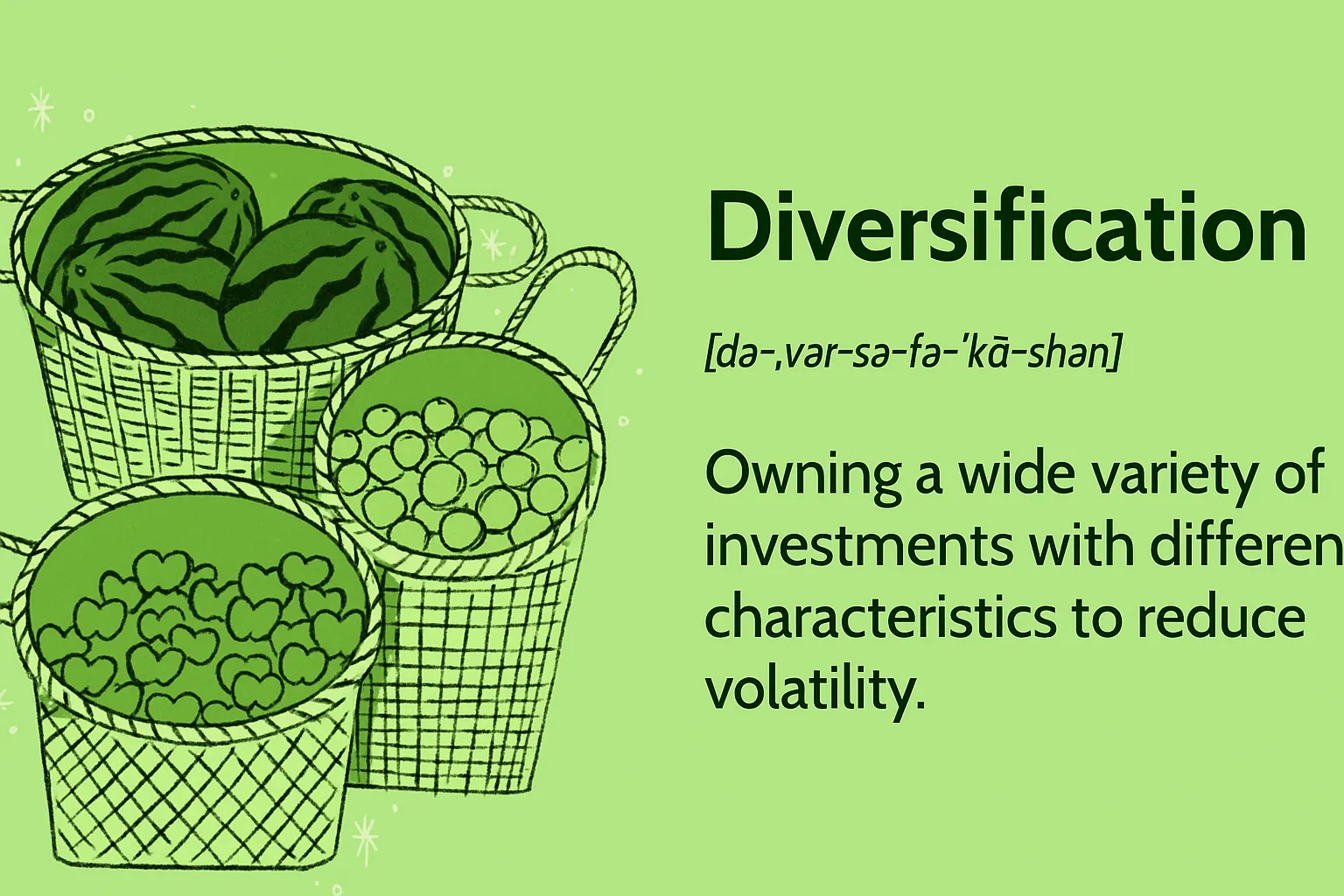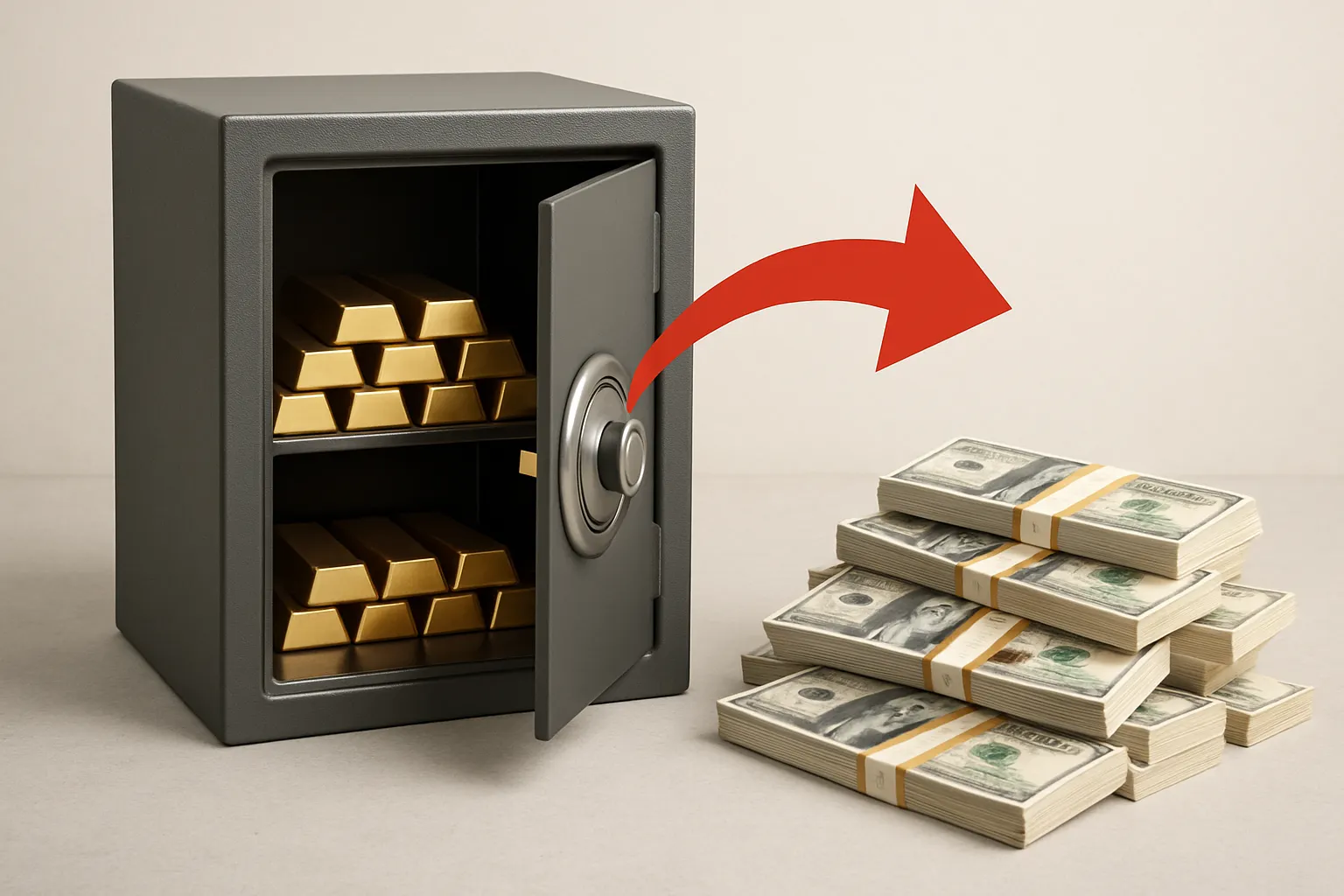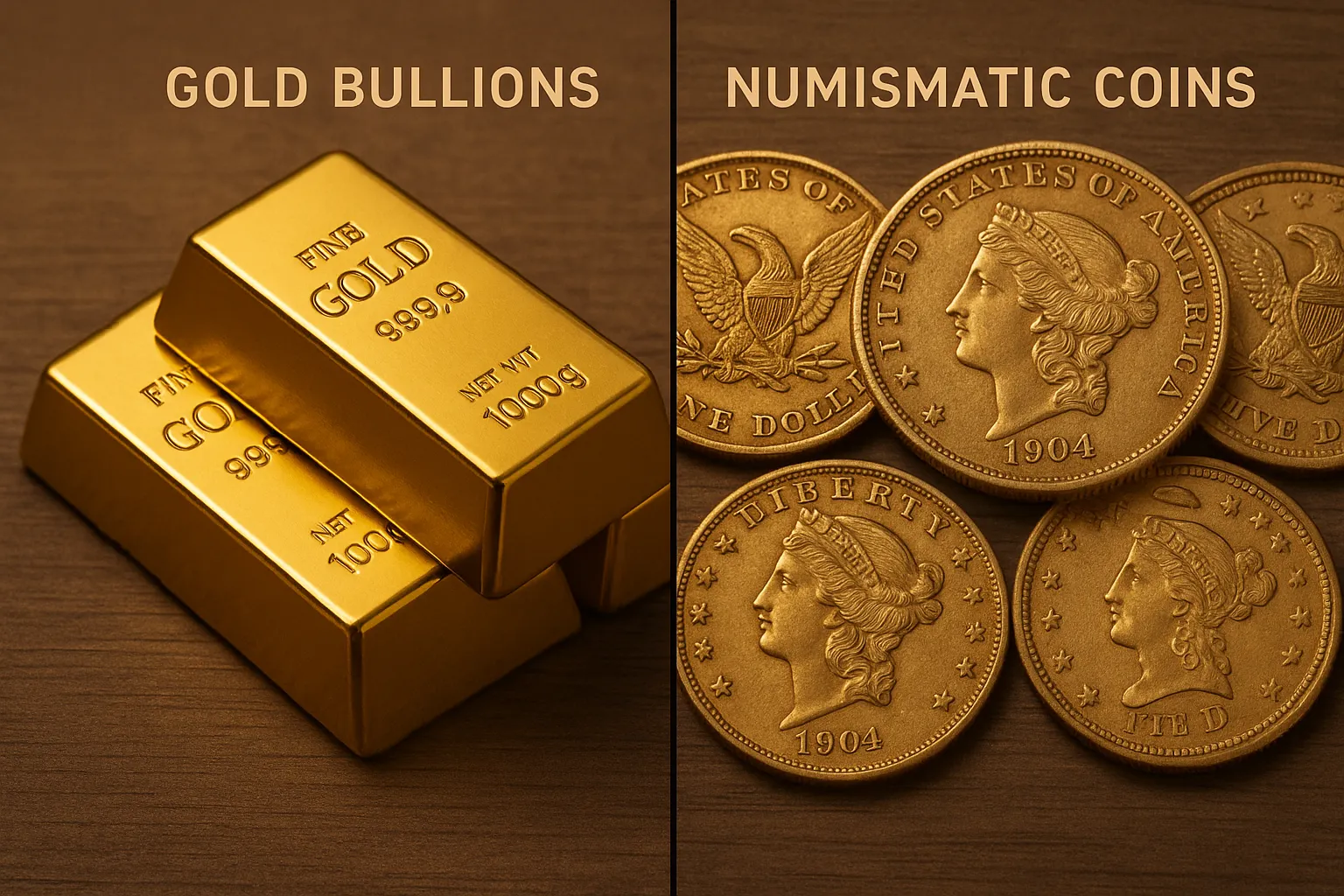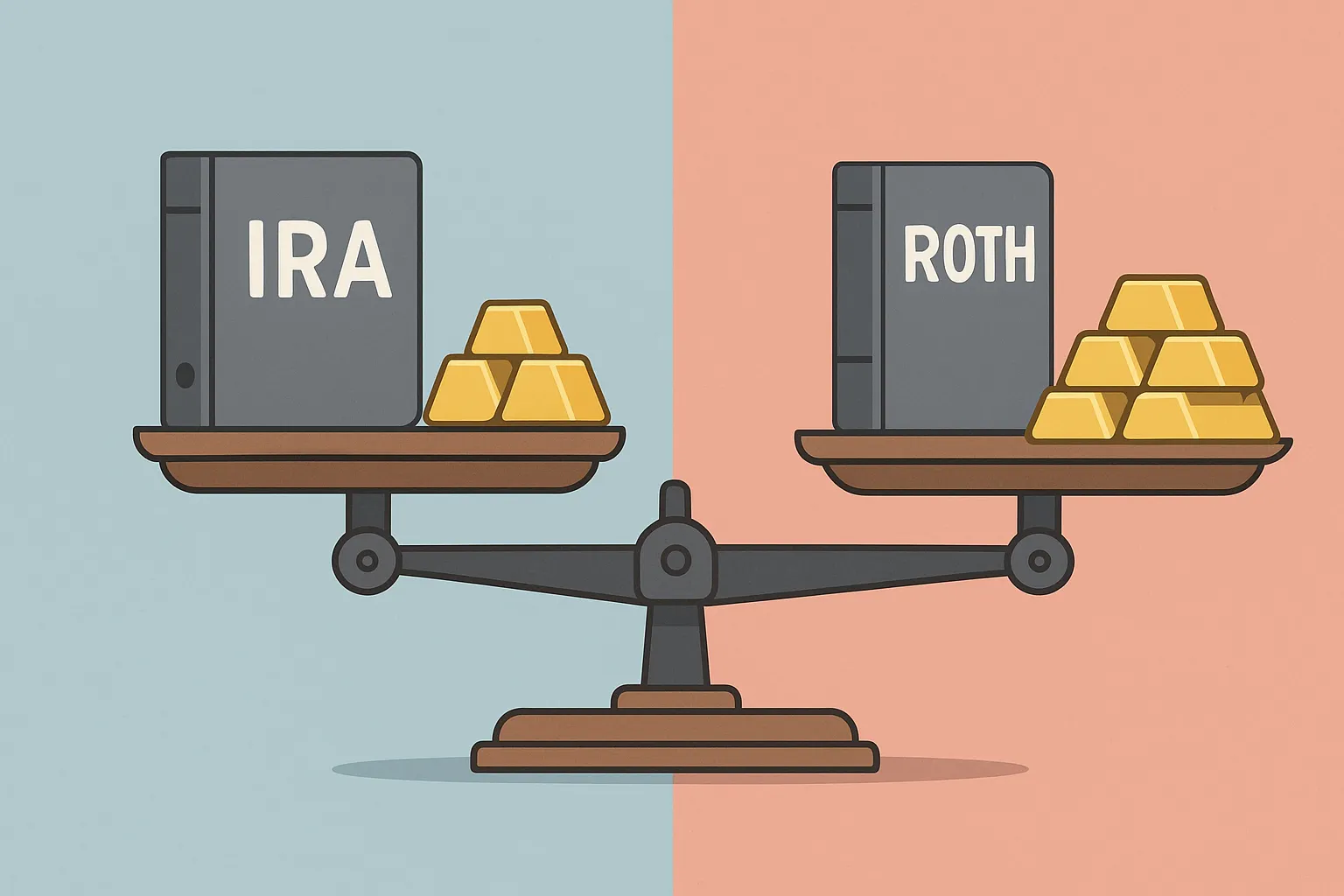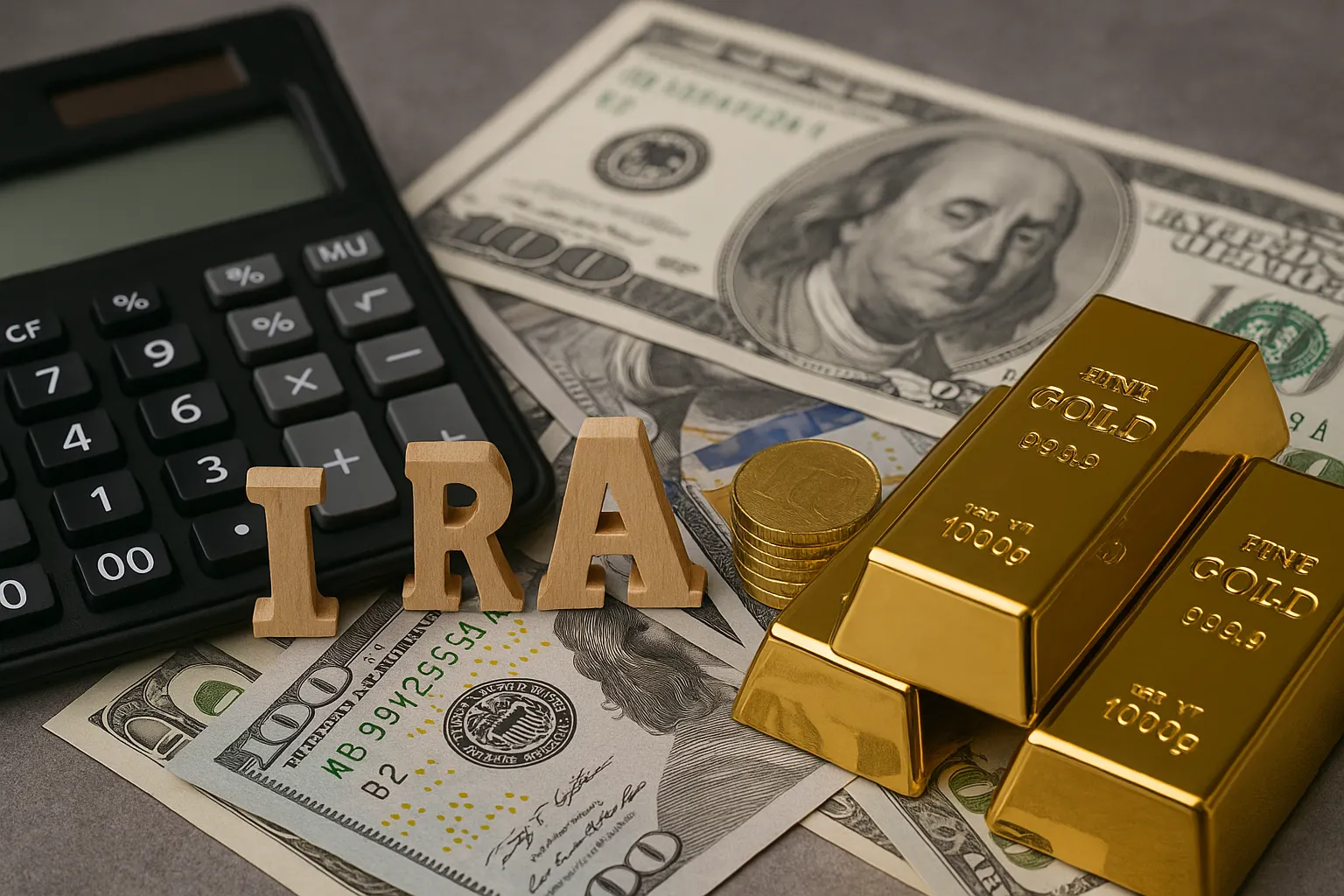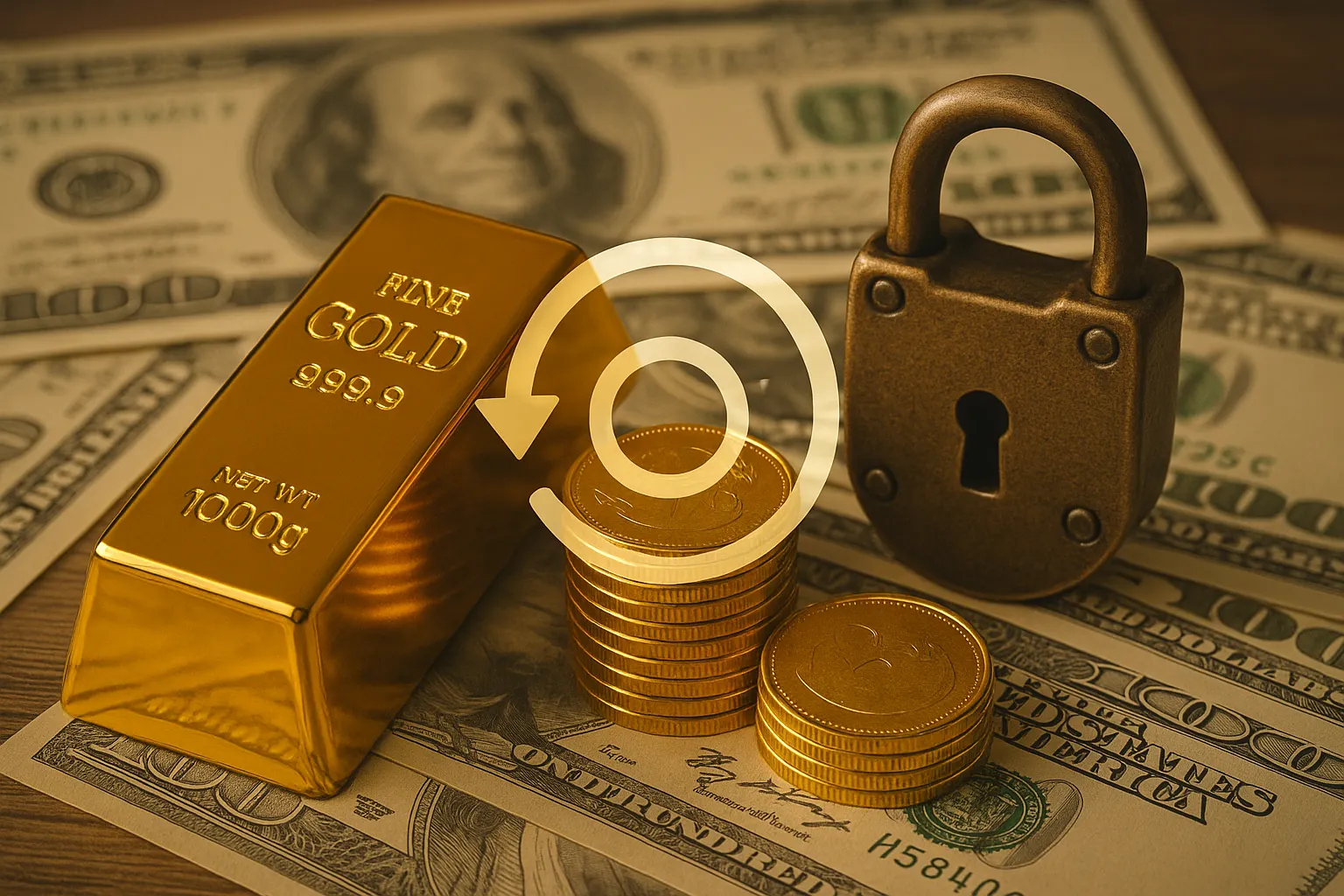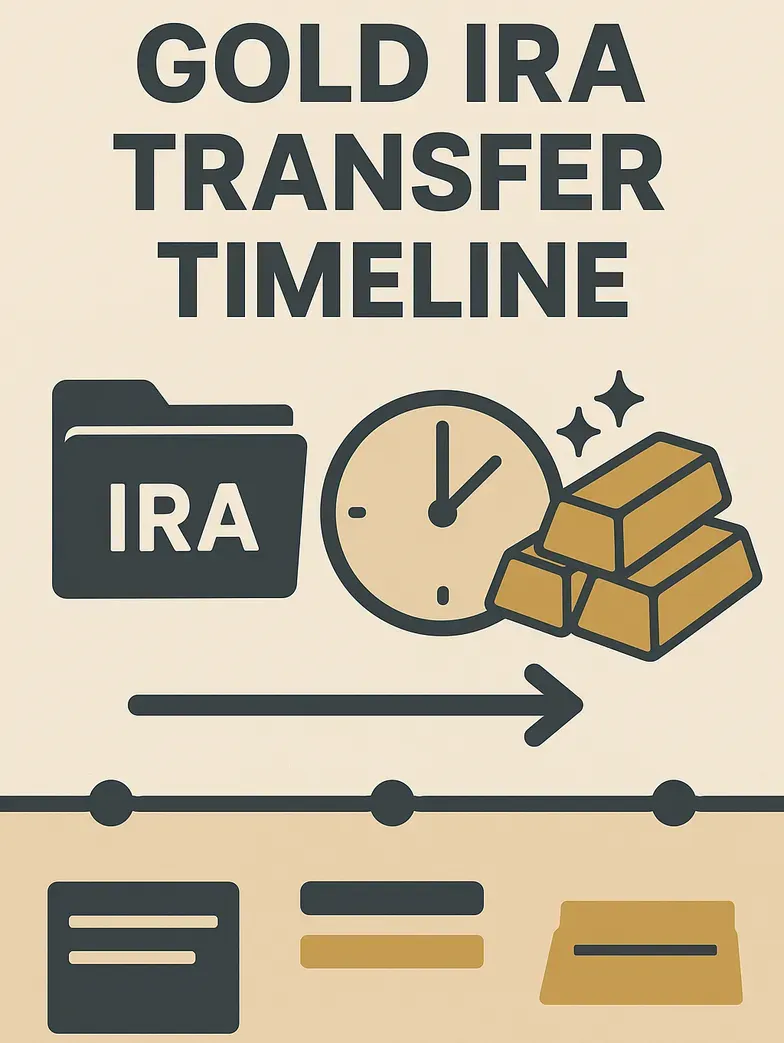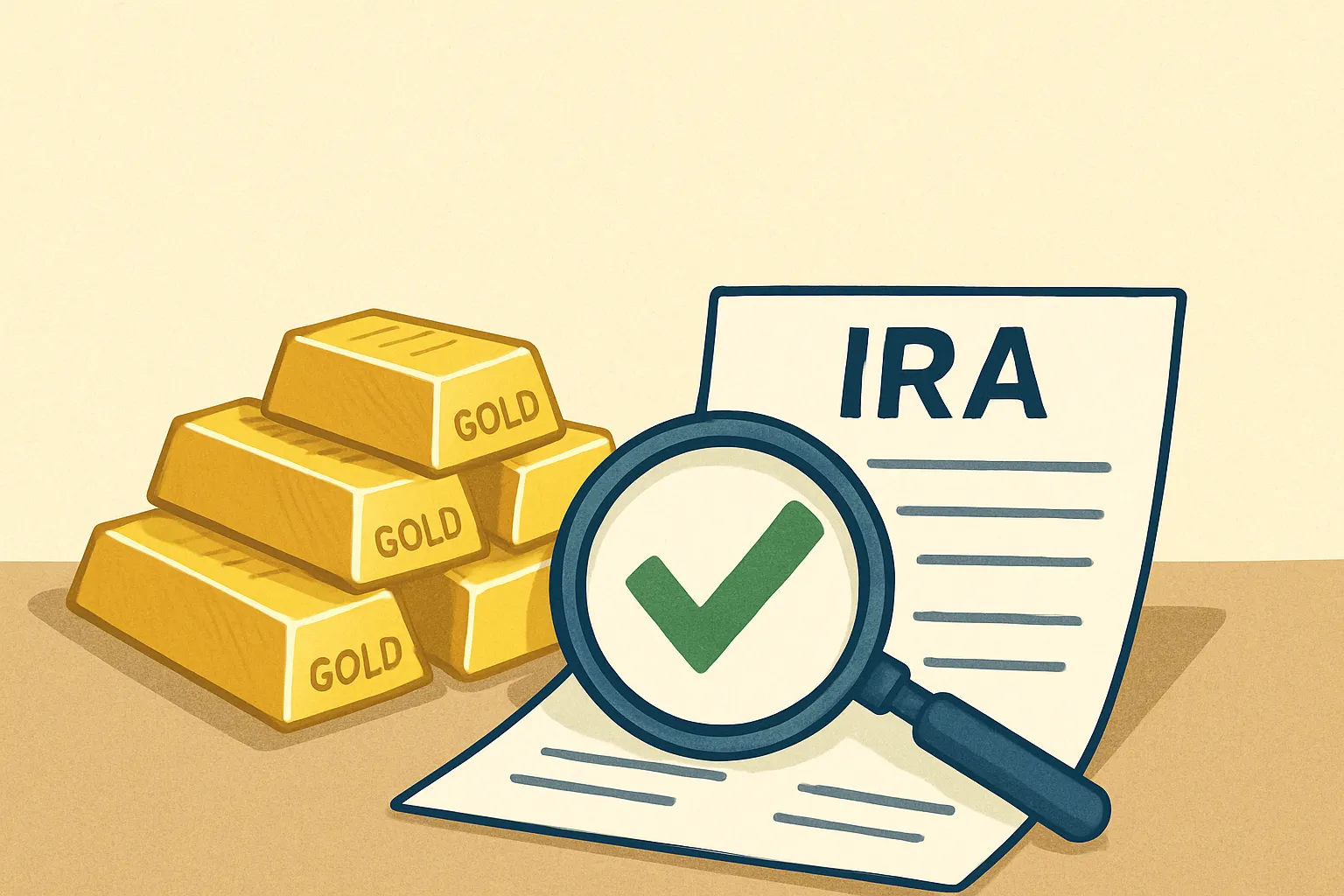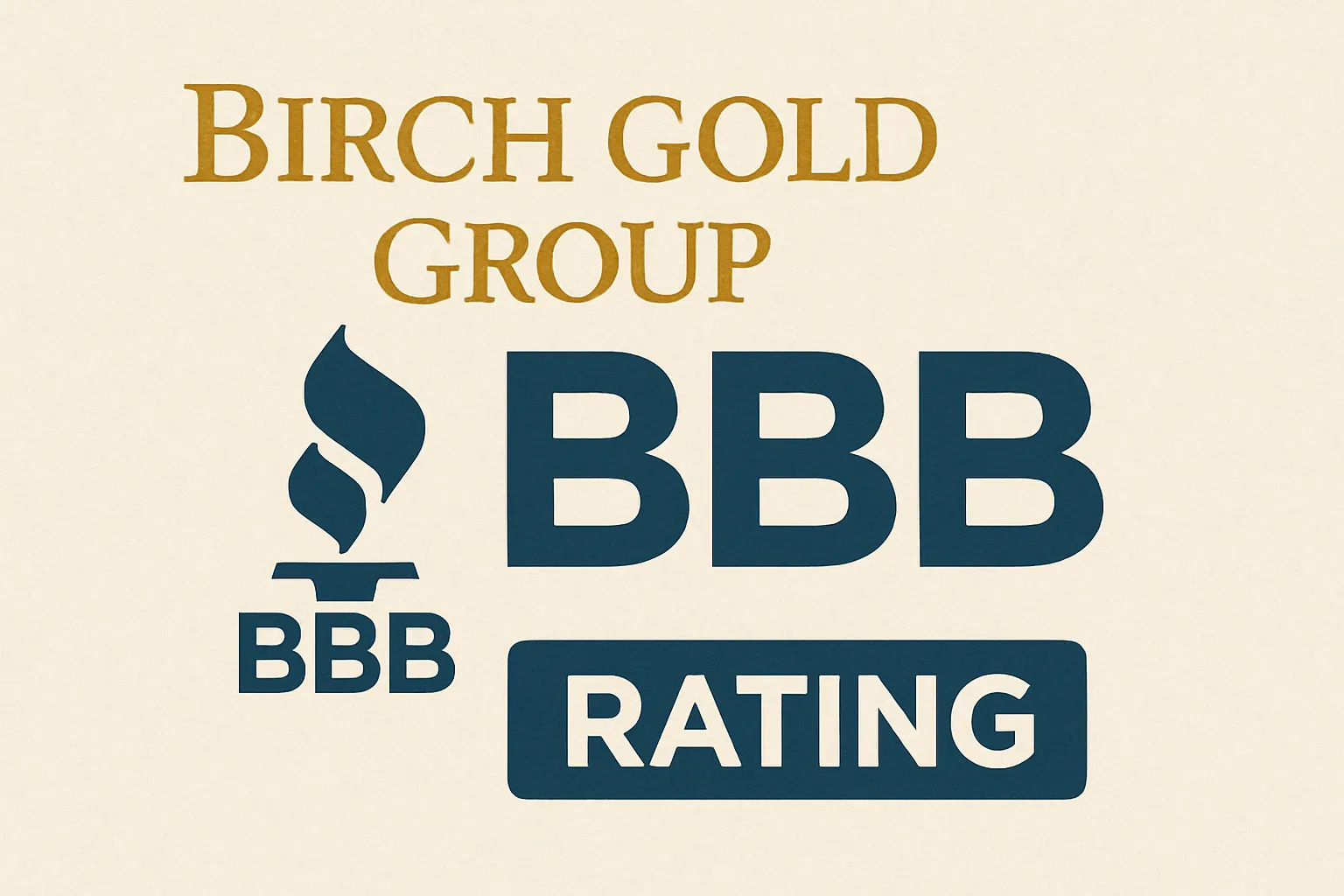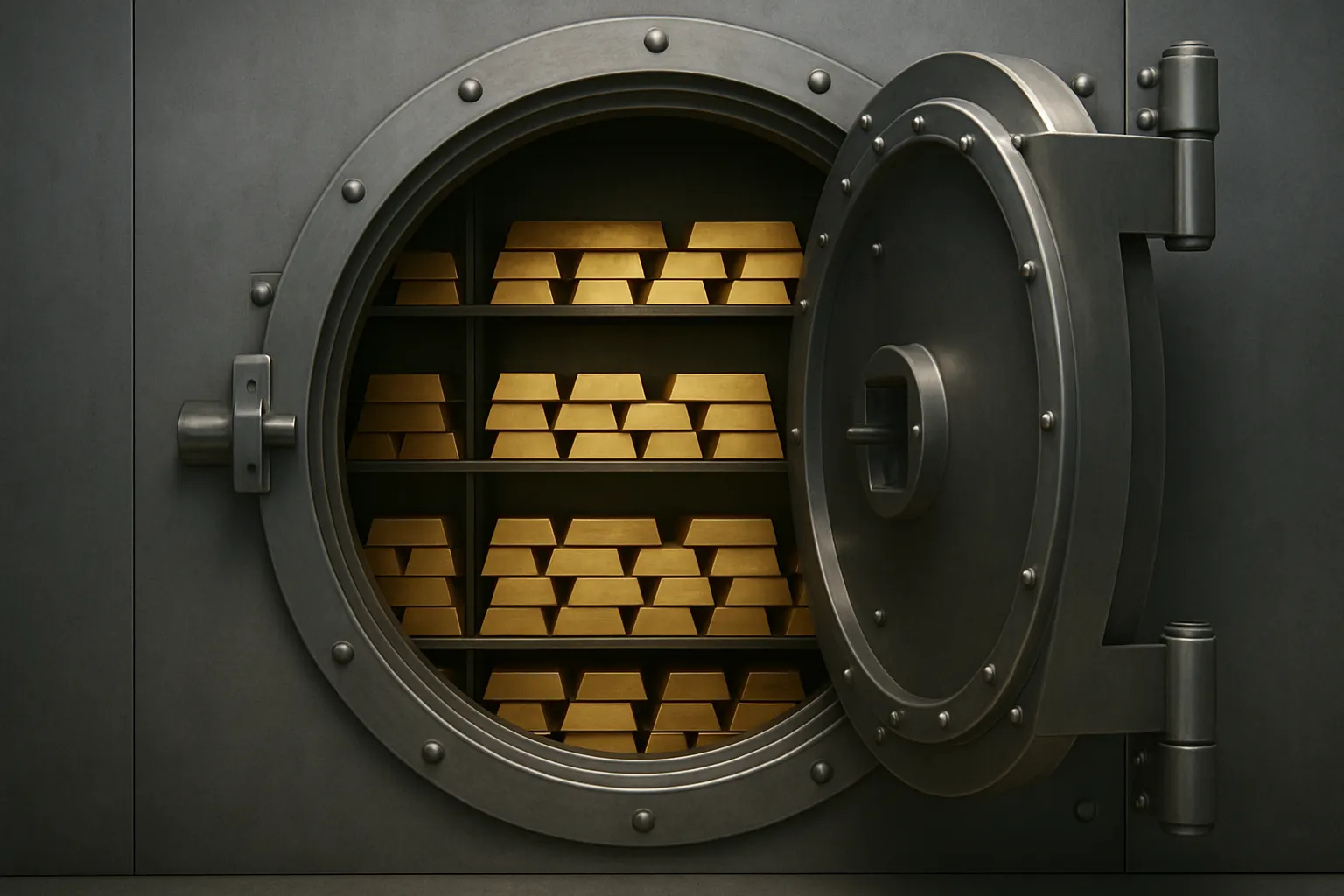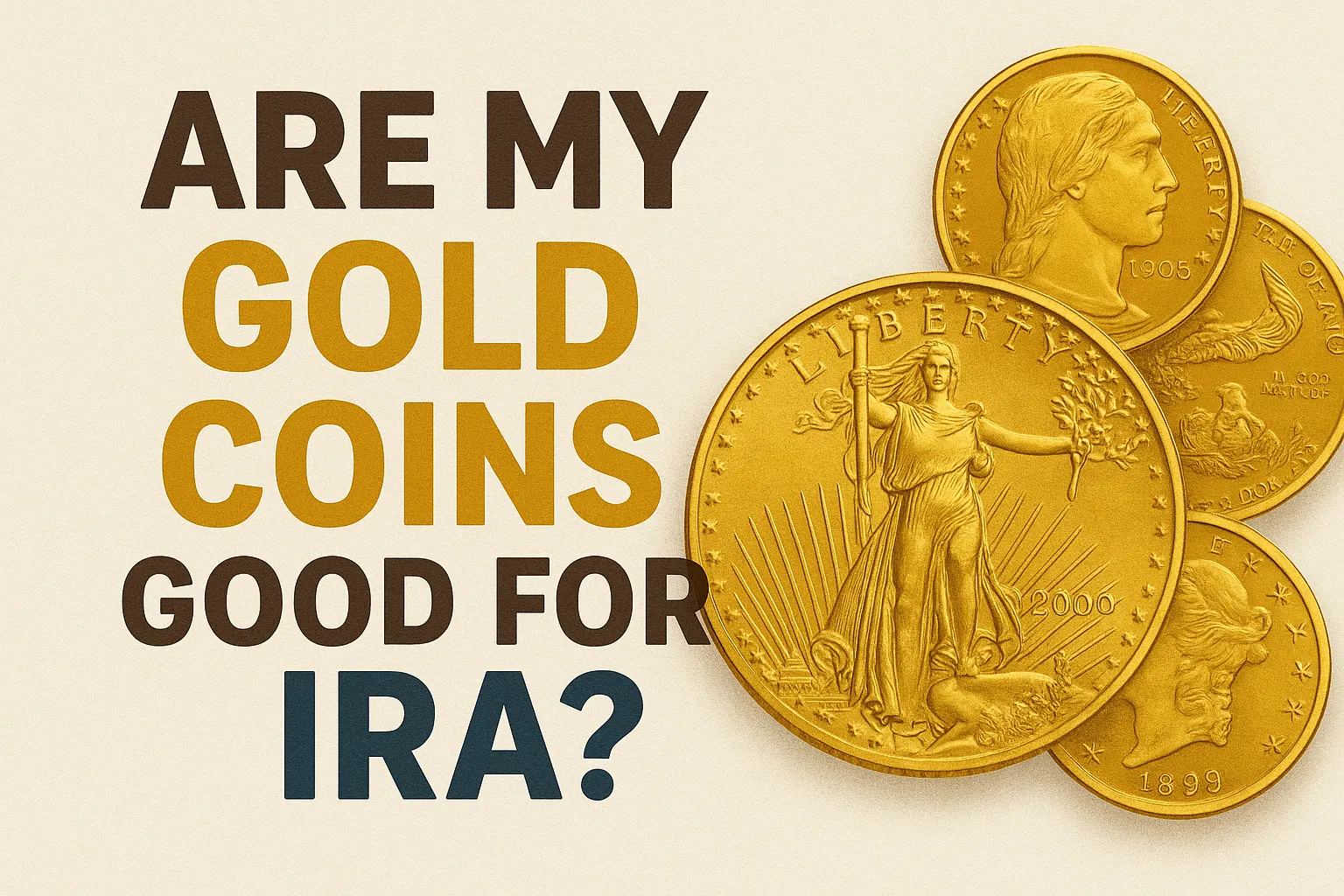Self-Directed IRA Precious Metals: Complete Guide to Investing in Gold, Silver & More
Are you tired of watching your retirement savings fluctuate with the stock market roller coaster? What if you could take control and add physical gold, silver, platinum, and palladium to your retirement portfolio?
A self-directed IRA for precious metals gives you exactly that power. While traditional retirement accounts limit you to stocks, bonds, and mutual funds, a self-directed precious metals IRA opens the door to tangible assets that have preserved wealth for thousands of years.
This guide shows you everything you need to know about adding precious metals to your retirement strategy—from eligible metals to costs, rules, and how to get started.
What is a Self-Directed IRA for Precious Metals?
A self-directed precious metals IRA is a specialized individual retirement account that allows you to hold physical gold, silver, platinum, and palladium as part of your retirement savings. Unlike conventional IRAs managed by banks or brokerage firms, self-directed IRAs give you investment control beyond traditional paper assets.
Key differences from traditional IRAs:
Types of Precious Metals IRAs
Traditional Precious Metals IRA: Contributions made with pre-tax dollars, potentially offering immediate tax deductions. Withdrawals in retirement are taxed as ordinary income.
Roth Precious Metals IRA: Funded with after-tax dollars. No upfront tax deduction, but qualified withdrawals in retirement are completely tax-free.
SEP Precious Metals IRA: Designed for small business owners and self-employed individuals. Allows higher contribution limits and tax-deductible contributions.
Eligible Precious Metals: What You Can Actually Own
The IRS maintains strict standards for precious metals held in retirement accounts.
Here's what qualifies:
Gold Requirements
- Minimum purity: 99.5% (0.995 fineness)
- Eligible coins: American Gold Eagles, Canadian Maple Leafs, Australian Kangaroos
- Eligible bars: PAMP Suisse, Credit Suisse, Perth Mint bars (1 oz minimum)
- NOT eligible: Gold Krugerrands (only 91.67% pure), collectible coins
Silver Requirements
- Minimum purity: 99.9% (0.999 fineness)
- Eligible coins: American Silver Eagles, Canadian Silver Maple Leafs, Austrian Silver Philharmonics
- Eligible bars: Johnson Matthey, Engelhard, PAMP Suisse bars
Platinum and Palladium Requirements
- Minimum purity: 99.95% for both metals
- Eligible coins: American Platinum/Palladium Eagles, Canadian Platinum/Palladium Maple Leafs
- Eligible bars: PAMP Suisse, Credit Suisse, Johnson Matthey bars
Remember: The metals must be produced by approved manufacturers and meet exact specifications. Your custodian will verify eligibility before purchase.
How Self-Directed Precious Metals IRAs Work
The Required Players
1. You (Account Holder): Make investment decisions and fund the account
2. Custodian: IRS-approved entity that administers your account, processes transactions, and maintains records. Examples include Equity Trust Company, STRATA Trust Company, and New Direction Trust Company.
3. Dealer: Precious metals company that sources and sells IRA-eligible metals
4. Depository: IRS-approved storage facility that securely holds your physical metals. Major depositories include Delaware Depository, Brinks, and Texas Precious Metals Depository.
The Process Step-by-Step
- Choose a custodian specializing in self-directed IRAs
- Fund your account through rollover, transfer, or direct contribution
- Select your metals from IRS-approved options
- Complete the purchase through your custodian
- Secure storage at an IRS-approved depository
Critical point: You cannot store IRA precious metals at home. The IRS requires third-party storage at approved facilities to maintain the account's tax-advantaged status.
Benefits of Precious Metals in Your IRA
Inflation Protection
Precious metals historically maintain purchasing power during inflationary periods. When currency values decline, gold and silver often increase in value, protecting your retirement savings.
Portfolio Diversification
Adding precious metals reduces correlation with traditional investments. When stocks and bonds struggle, precious metals may perform differently, potentially smoothing overall portfolio volatility.
Tax Advantages
- Traditional IRA: Tax-deferred growth; pay taxes only upon withdrawal
- Roth IRA: Tax-free growth and withdrawals in retirement
- SEP IRA: Higher contribution limits with tax deductions
Crisis Hedge
Physical precious metals provide tangible asset ownership during economic uncertainty, market crashes, or currency devaluation scenarios.
Costs and Considerations
Self-directed precious metals IRAs involve several fees:
Setup Costs
- Account setup fee: $50-$300
- First-year custodian fee: $225-$400
Ongoing Annual Costs
- Custodian maintenance fee: $225-$400
- Storage fee: $100-$300 (varies by storage type)
- Insurance: Usually included in storage fees
Transaction Costs
- Purchase fees: 1-5% of transaction value
- Liquidation fees: $25-$50 per transaction
- Wire transfer fees: $15-$30
Total annual fees typically range from $325-$700, significantly higher than traditional IRAs but reasonable considering the specialized services required.
How to Get Started
Step 1: Choose Your Custodian
Research custodians specializing in precious metals IRAs. Consider:
- Experience: Years in business and client testimonials
- Fees: Transparent fee structure
- Storage options: Relationship with reputable depositories
- Customer service: Responsiveness and expertise
Step 2: Fund Your Account
Rollover options:
- 401(k) from previous employer
- Traditional IRA
- Roth IRA
- 403(b), 457, or Thrift Savings Plan (TSP)
Annual contribution limits (2024):
- Under 50: $7,000
- 50 and older: $8,000 (includes $1,000 catch-up)
Step 3: Select Your Metals
Work with your custodian to choose IRA-eligible precious metals based on:
- Investment goals: Growth vs. stability
- Budget: Available funds and minimum purchases
- Diversification: Mix of gold, silver, platinum, palladium
Step 4: Arrange Storage
Choose between:
- Segregated storage: Your metals stored separately (higher cost)
- Non-segregated storage: Your metals stored with others' (lower cost)
Important Rules and Restrictions
Prohibited Transactions
- No personal use: Cannot take physical possession while in IRA
- No self-dealing: Cannot buy metals from yourself or family members
- No collectibles: Rare or numismatic coins generally prohibited
Required Minimum Distributions (RMDs)
Traditional precious metals IRAs require RMDs starting at age 73. Your custodian can sell metals or arrange in-kind distributions to meet requirements.
Home Storage Warning
"Home storage" or "LLC" precious metals IRAs violate IRS rules. These arrangements risk disqualification of your entire IRA, resulting in taxes and penalties on the full account value.
Take Action: Your Next Steps
A self-directed precious metals IRA offers powerful diversification and inflation protection for your retirement portfolio. The higher fees are often justified by the unique benefits of physical precious metals ownership.
Ready to get started?
- Research custodians specializing in precious metals IRAs
- Compare fee structures and services offered
- Determine funding method (rollover vs. contribution)
- Set your investment timeline and goals
Remember: This strategy works best as part of a diversified retirement plan, not as your entire portfolio. Consider consulting with a financial advisor to determine the appropriate allocation for your specific situation.
The window for protecting your retirement savings remains open—but economic uncertainty won't wait. Take control of your financial future with the time-tested stability of precious metals.



